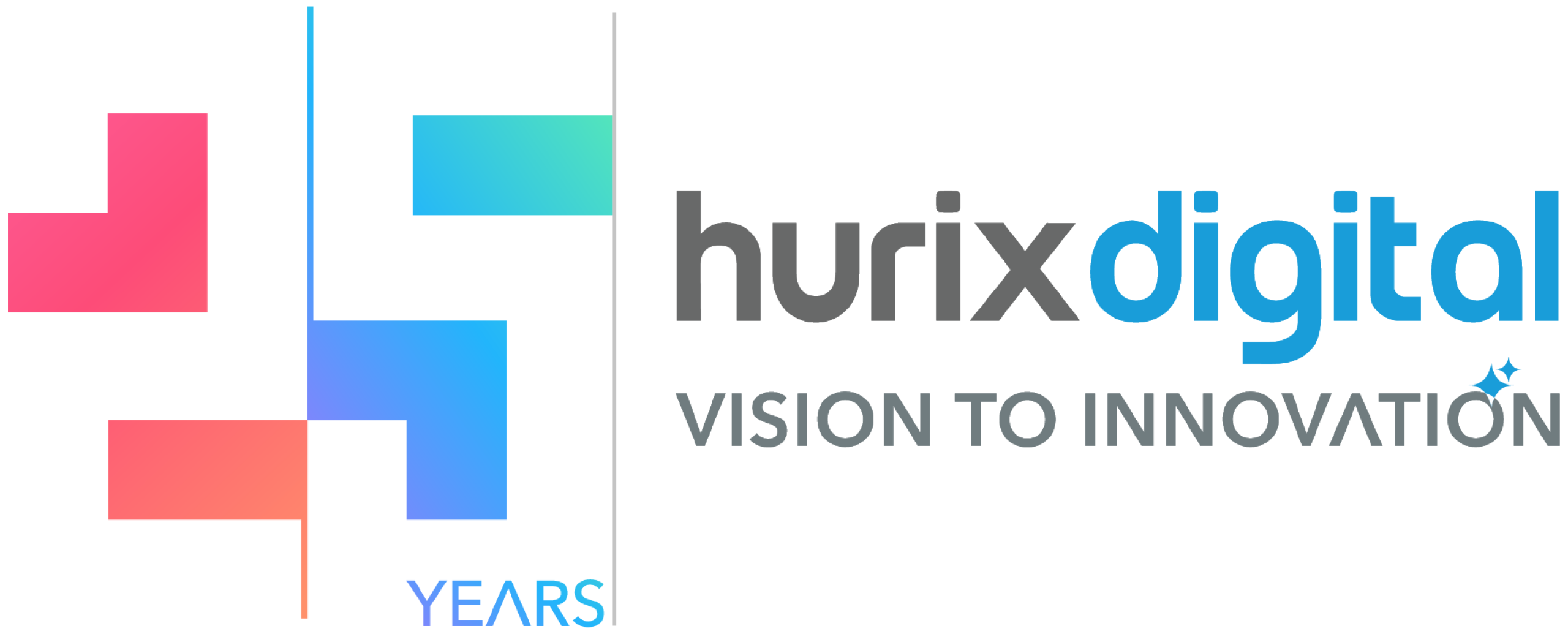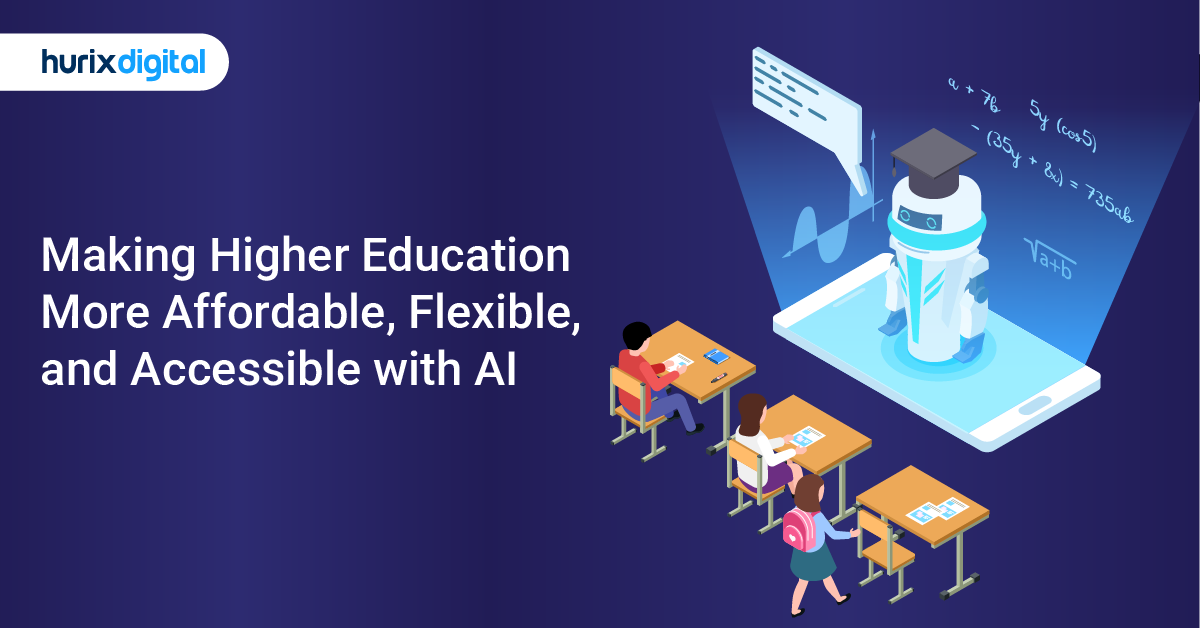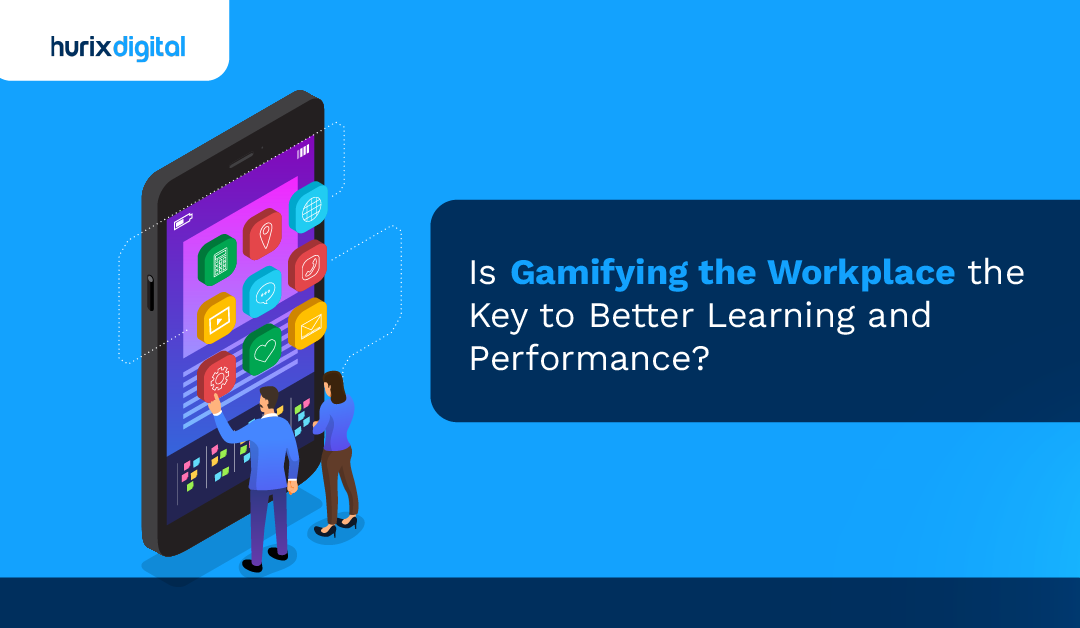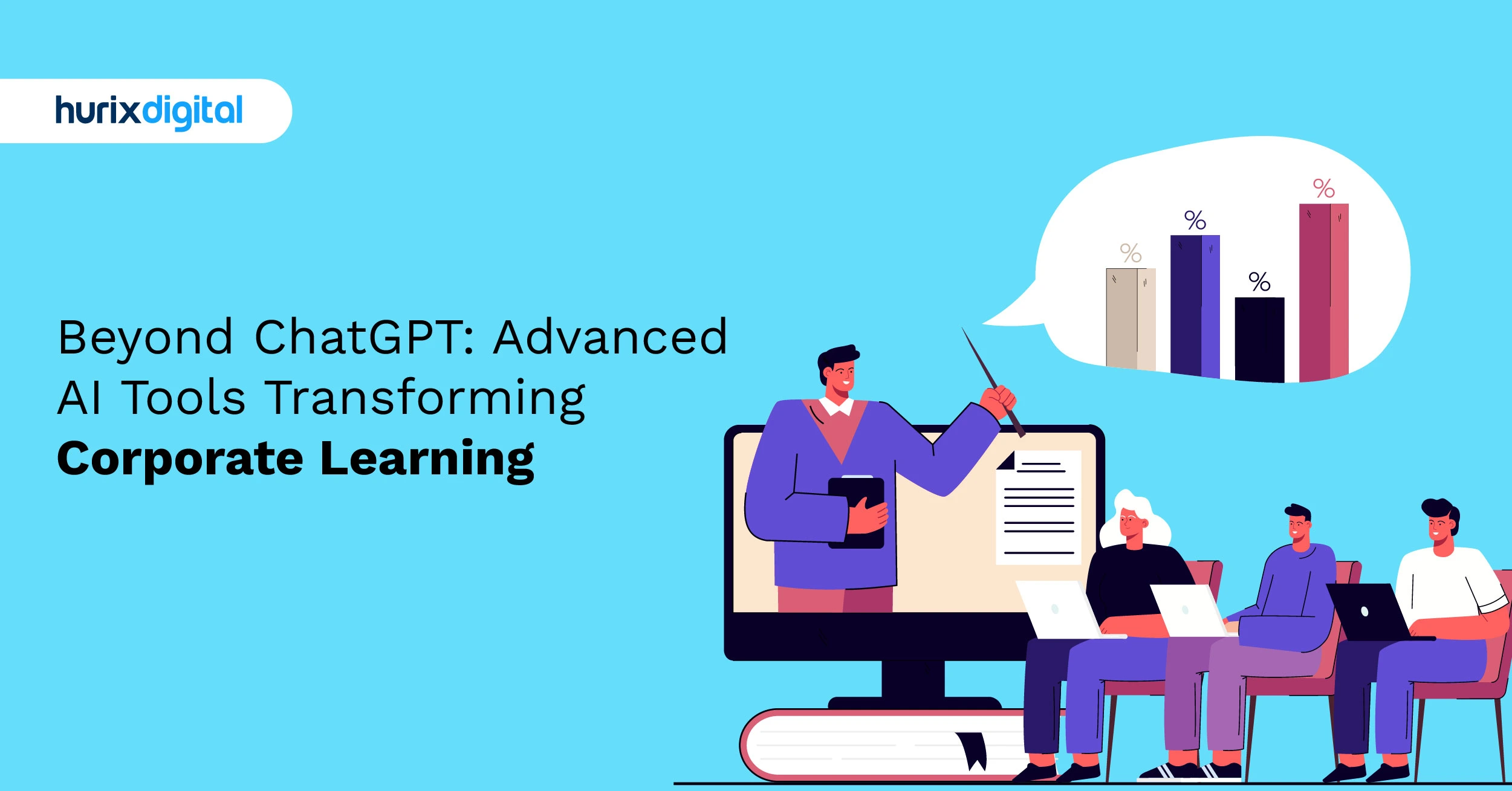
Julia Suk
September 9, 2025
What Makes Learning With Games More Effective Than Traditional Training?
Remember when corporate training meant sitting through PowerPoint slides while secretly checking email? Those days feel ancient now. The conversation has shifted dramatically. Walk into any forward-thinking enterprise today, and you’ll hear executives asking whether learning with game approaches actually moves the needle on performance metrics. They’re no longer interested in buzzwords. They want real answers about real problems.
The skepticism makes sense. For years, companies have invested heavily in training initiatives that promised transformation but delivered little to no change in employee performance and behavior. Now someone’s suggesting they add games to the mix? It sounds either revolutionary or ridiculous, depending on who’s asking. But here’s what’s interesting: the companies getting this right treat games as sophisticated behavioral change tools that happen to be engaging rather than toys. They understand that the game mechanics serve a deeper purpose beyond entertainment. Points, levels, and achievements become feedback systems that shape how people approach learning with games and skill development in measurable ways..
The disconnect often starts with terminology. When executives hear “game-based learning,” they picture employees playing Candy Crush during work hours! What they should picture is sales teams practicing difficult client conversations in risk-free simulations. Or safety workers navigating virtual hazardous scenarios without actual danger. Or new hires learn company culture through interactive storytelling that beats any written orientation manual. The gap between perception and reality creates hesitation. Smart leaders, though, are asking better questions. Questions that get past the surface skepticism and dig into what actually matters for their business.
Table of Contents:
- How Do You Prove the ROI of Game-Based Learning to Business Leaders?
- Is Your Enterprise Ready to Overcome Barriers to Scaling Game-Based Learning?
- What’s the Key to Ensuring Sustained Engagement in Learning Games?
- Do Learning Games Deliver Real Outcomes Beyond Gamification?
- Seamless Integration: Connecting Game-Based Learning with Existing Systems?
- Cost vs. Value: Justifying Investment in Game-Based Learning Platforms?
- What Learning Analytics Do Games Offer Leaders?
- How Do You Build a Culture That Embraces Game-Based Learning?
- Are Game-Based Learning Platforms Truly Secure and Compliant?
- Future-Proofing Learning: What Next-Gen Game Innovations are Coming?
- A Final Word
How Do You Prove the ROI of Game-Based Learning to Business Leaders?
The return on investment (ROI) question haunts every learning initiative, but with game-based learning, it gets particularly tricky. Traditional training at least gives you attendance numbers and test scores. Games? The metrics get fuzzy fast. Or do they? Companies serious about measurement start by acknowledging a truth: most training ROI calculations are fiction anyway. That compliance workshop last quarter? Sure, everyone attended. But did behavior change? Did incidents decrease? Did productivity improve? Usually, nobody knows. Ironically, game-based learning offers clearer measurement opportunities than traditional approaches. Every click, decision, and interaction in a learning environment with games generates data. Metrics are easy to get; it’s difficult to select the ones that matter. The smart money tracks behavioral indicators, not just completion rates. How long before trained behaviors appear in actual work? We helped one healthcare client develop game-based compliance training that mirrored real ethical dilemmas. Guess what? Six months later, compliance violations dropped 29%. Cost comparison requires honesty about hidden expenses. Traditional training seems cheaper until you factor in lost productivity, travel costs, and the inevitable retraining when people forget everything. Game-based approaches front-load costs but eliminate many ongoing expenses. Plus, employees actually volunteer for game-based training. When’s the last time someone volunteered for a compliance workshop?Is Your Enterprise Ready to Overcome Barriers to Scaling Game-Based Learning?
Implementation failures kill more game-based learning initiatives than poor design ever could. Scaling learning with game solutions across global enterprises introduces challenges that require careful planning. The pilot program works beautifully with fifty enthusiastic early adopters. Then reality hits when you try rolling it out to 5,000 employees across ten time zones. Technical infrastructure becomes the first bottleneck. IT departments, already stretched thin, suddenly need to support game platforms that demand more bandwidth than typical business applications. One retail chain we are in talks with has recently learned this painfully when its game-based customer service training crashed the network during Black Friday prep. The game worked perfectly. The infrastructure couldn’t handle 2,000 simultaneous users. Months of development were wasted because nobody asked IT about capacity until launch week. Diverse learner populations complicate everything. The twenty-something marketing team embraces game mechanics intuitively. The fifty-something finance department needs a different onboarding. We helped one financial firm solve this by creating multiple difficulty levels and interface options within the same game framework. Younger employees jumped into advanced scenarios. Older workers started with simplified interfaces and longer tutorials. Same learning objectives, different paths. Engagement improved across all demographics once people could choose their comfort level. Geographic and cultural differences matter too. A game mechanic that motivates American sales teams might confuse Japanese engineers. Competitive leaderboards energize some cultures while embarrassing others. Smart organizations localize beyond language, adapting game dynamics to regional preferences.What’s the Key to Ensuring Sustained Engagement in Learning Games?
Sustained engagement in learning with game environments is critical for long-term impact. Initial excitement means nothing if engagement drops off a cliff after two weeks. The graveyard of corporate learning platforms is littered with games that started strong and ended forgotten. Sustained engagement requires understanding why people actually keep playing. The novelty trap catches many organizations. They invest heavily in flashy graphics and exciting launch events. Employees play enthusiastically for a few sessions. Then reality sets in. The game mechanics become repetitive. The challenges feel artificial. Participation plummets. Social dynamics drive sustained engagement more than graphics ever could. People play games together, not just alongside each other. We helped one logistics company understand this by helping them add team challenges to their supply chain game. Individual play averaged twelve minutes per session. Team challenges averaged forty-five minutes. More importantly, teams started discussing strategies during lunch breaks. The game became part of workplace culture, not just another training requirement. Recognition matters, but not how most companies think. Public leaderboards often backfire, embarrassing struggling learners while enabling gaming-the-system behaviors. Better approaches recognize improvement over absolute performance. The voluntary versus mandatory debate misses the point. Making games mandatory ensures compliance but kills intrinsic motivation. Making them voluntary risks low participation. The sweet spot? Optional participation with meaningful benefits. Complete this quarter’s safety scenarios and skip the annual refresher lecture. Master the new software simulation before the system launches and become the team expert. Choice plus incentive equals sustained engagement.Do Learning Games Deliver Real Outcomes Beyond Gamification?
Slapping points and badges onto boring content creates decorated boredom rather than game-based learning. The distinction between gamification and genuine game-based learning determines whether employees actually learn or just chase rewards. Feedback loops separate effective games from dressed-up quizzes. Effective learning with game platforms uses feedback loops to drive real behavioral change. Traditional e-learning tells you, “Incorrect, try again.” Effective game-based learning shows consequences. Choose the wrong customer service response? Watch the virtual customer storm out. Make a safety error? See the virtual accident unfold. Transfer to real-world application remains the ultimate test. A brilliant game that doesn’t improve job performance is just entertainment. Successful organizations build explicit bridges between game scenarios and work situations. After completing virtual negotiations, sales teams debrief on how tactics apply to current deals. Following safety simulations, workers identify similar hazards in their actual environment. The game starts conversations that continue beyond the screen. Assessment gets tricky when learning happens through play. Traditional tests feel jarring after immersive gameplay. Better approaches assess within the game context.Seamless Integration: Connecting Game-Based Learning with Existing Systems?
No learning platform exists in isolation, yet game-based systems often launch as islands disconnected from existing infrastructure. Integration challenges torpedo more initiatives than bad game design ever does. Learning management system (LMS) compatibility becomes the first battle. Most corporate LMS platforms were built for courses, not games. They track completion, not performance. They report scores, not behaviors. When organizations try forcing games into these frameworks, something breaks. Usually data. We helped one healthcare firm with game-based lab safety training development that generated rich performance analytics. Their existing LMS could only record “complete” or “incomplete.” Months of valuable assessment data vanished into binary checkboxes. Single sign-on sounds boring until its absence frustrates everyone. Employees already juggle dozens of passwords. Adding another login for game-based training guarantees low adoption. Yet many game platforms require separate authentication. Data synchronization creates unexpected complexity. Employee records in HR systems. Completion tracking in the LMS. Performance data in the game platform. Competency records in talent management systems. Without integration, administrators manually update multiple systems. Errors multiply. Reports conflict. Mobile integration can’t be an afterthought anymore. Employees expect seamless transitions between devices. Start a scenario on the desktop, continue on the tablet, review results on the phone. Most game-based learning platforms struggle with this continuity. We helped one retail chain build its entire game-based training around mobile-first design after they had discovered that 73% of their employees preferred learning on personal devices during commutes. The integration question really asks whether game-based learning supplements or replaces existing approaches. Smart money says both. Games excel at practice and application. Traditional methods still work for foundational knowledge. The organizations are succeeding in integrating games strategically, not universally.Cost vs. Value: Justifying Investment in Game-Based Learning Platforms?
Sticker shock hits hard when executives see game development estimates. Six figures for a single learning game? The PowerPoint-based alternative costs basically nothing. This comparison misses everything important about value creation versus cost management. Development costs tell only part of the story. That expensive game gets used thousands of times. Traditional training requires instructors, venues, and materials for every session. Furthermore, hidden costs lurk everywhere in traditional training: lost productivity while employees sit in classrooms, travel expenses, inconsistent delivery quality between instructors, and rapid knowledge decay, which requires frequent retraining. Games eliminate many of these expenses while adding capabilities traditional training can’t match: twenty-four-hour availability, consistent quality, automatic progress tracking, and instant scalability. Value extends beyond direct training outcomes. Recruiting benefits when candidates hear about innovative learning approaches. Retention improves when employees feel invested in their development. Brand perception shifts when clients see cutting-edge training programs. These indirect benefits rarely appear in ROI calculations but often justify the investment alone.What Learning Analytics Do Games Offer Leaders?
Traditional training offers attendance sheets and test scores. Game-based learning generates behavioral data streams that would make marketing departments jealous. The challenge focuses on knowing what signals matter among all the noise rather than collecting data anymore. Predictive analytics from gameplay patterns sounds like science fiction, but increasingly drives real decisions. Real-time performance visibility changes management dynamics. Instead of quarterly reviews revealing problems months later, managers see skill gaps emerging immediately. Comparative analytics across departments, regions, or roles surfaces organizational patterns. Why does the Mumbai office excel at negotiation scenarios while Dubai struggles? How come junior employees outperform seniors in technical troubleshooting games? These insights prompt investigations that improve operations beyond just training. The danger lies in over-interpreting game data. Just because someone fails virtual scenarios doesn’t guarantee real-world failure. Context matters. Pressure differs. Stakes change behavior. Smart organizations treat game analytics as indicators requiring validation, not absolute truth.How Do You Build a Culture That Embraces Game-Based Learning?
Cultural resistance kills more game-based learning initiatives than technical failures ever do. The resistance rarely announces itself openly. It hides behind reasonable-sounding objections and passive-aggressive implementation delays. Generational stereotypes create self-fulfilling prophecies. Executives assume older workers won’t embrace games, so they design games for younger employees. Older workers feel excluded and resist. The assumption creates the reality it predicted. Professional identity threatens to manifest subtly. Serious professionals don’t play games. Doctors save lives. Engineers build bridges. Bankers manage money. Games seem beneath their dignity. One investment bank faced this repeatedly until we helped them reframe their trading simulations as “strategic decision exercises.” Same game mechanics, different language. Participation soared. Sometimes perception management matters more than product features. The “edutainment” fear paralyzes organizations. What if employees have too much fun? What if they don’t take training seriously? One of our chemical clients was worried that their hazard response game made dangerous situations seem entertaining. We recommended that they add consequence videos showing actual accident aftermaths. And guess what? The game remained engaging, but nobody forgot the stakes. Balance is possible between engagement and gravitas. Middle management resistance often stems from fear of irrelevance. If games deliver training, what do training managers do? Smart organizations reposition these roles toward facilitation and coaching rather than content delivery. Training managers become learning experience designers. They analyze game data to identify struggling learners. They facilitate debriefs, connecting game lessons to workplace applications. Their expertise becomes more valuable, not less.Are Game-Based Learning Platforms Truly Secure and Compliant?
Security concerns escalate when games collect detailed behavioral data. IT departments rightfully panic about cloud-based platforms tracking employee decision patterns. The risks are real, but so are the solutions. Cloud hosting raises sovereignty questions. Where do the servers physically exist? Which country’s laws apply? We helped one multinational corporation discover that its American game platform stored European employee data in Asian servers. This was a classic case of a GDPR nightmare. We suggested that they should migrate to region-specific hosting at considerable expense. Third-party vendor assessments become critical when game platforms involve multiple providers. The game developer, the hosting service, the analytics platform, and the content delivery network. Each represents a potential vulnerability. Audit trails matter more than organizations initially realize. Who played what when? What decisions did they make? Who accessed that data? Regulators increasingly expect comprehensive records.Future-Proofing Learning: What Next-Gen Game Innovations are Coming?
The future arrives unevenly. Some organizations still debate whether game-based learning works, while others prototype brain-computer interfaces for knowledge transfer. The gap widens daily. Virtual and augmented reality move beyond novelty toward necessity. An automotive manufacturer trains technicians on new electric vehicles through AR overlays on actual engines. Mistakes in virtual space cost nothing. Learning transfers directly to physical work. The technology still feels clunky, but improvement curves suggest mainstream adoption within three years. Biometric integration sounds creepy until you see the applications. Games that detect frustration through heart rate variability and adjust difficulty automatically. Training simulations that identify stress responses and teach coping strategies in real-time. Cross-reality experiences blend physical and digital learning. A warehouse implements games where virtual challenges require moving actual inventory. Sales training combines online scenarios with real customer conversations. The boundaries between game and work blur intentionally. Early experiments suggest this hybrid approach triples knowledge retention compared to purely digital or physical training. Quantum computing promises complexity in simulations that current computers can’t handle. Imagine supply chain games modeling millions of variables simultaneously, or medical diagnosis training processing entire patient populations in real time. Still largely theoretical, organizations investing now position themselves for advantages when hardware catches up with ambition.A Final Word
The conversation about game-based learning has evolved far beyond whether games belong in corporate training. The question now is how quickly organizations can adapt these tools while their competitors hesitate. Every objection has been answered somewhere. Every challenge has been overcome by someone. What separates success from failure isn’t the quality of games themselves but the quality of thinking about their implementation. Organizations that treat game-based learning as a tactical training tool miss the strategic opportunity. Those who recognize games as instruments for cultural transformation and competitive advantage find themselves ahead of the curve. For organizations ready to transform their approach to learning, partners who understand both the potential and the pitfalls become invaluable. Hurix Digital combines deep expertise in learning simulations, blended learning systems, and video-based solutions to help enterprises navigate this transition successfully. Discover how their comprehensive learning solutions can accelerate your journey toward engaging, measurable, and transformative workforce development. Schedule a call with one of our experts to explore what’s possible for your organization.
Senior Vice President
Julia brings over 20 years of global experience in digital learning and business strategy. She specializes in client success, enterprise learning solutions, and driving growth through innovation, with a focus on AI, VR, and emerging technologies across diverse industry verticals.
 A Space for Thoughtful
A Space for Thoughtful 



